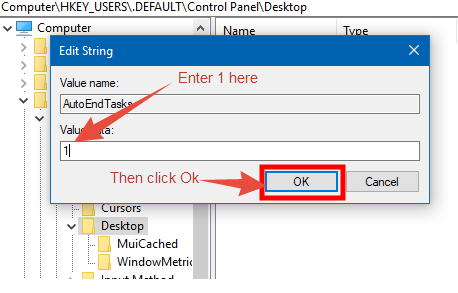
This requires a virtualization agent installed in the guest OS. If the hypervisor does not provide this information, you can also use the option -source agent to query the guest operating system (OS) directly via the virtualization agent. It's useful if the VM uses dynamic IP addresses, as it allows you to see the assigned IP address and connect to the VM: # virsh domifaddr rh8-vm01 The domifaddr subcommand lists all the IP addresses configured for all virtual interfaces in a given VM. You can use the XML output in scripts and automation tools to automate creating VMs. By default, it dumps the configuration to STDOUT, so redirect it to a file using shell redirect operators > to save to a file: # virsh dumpxml rh8-vm01

You can use it to export the configuration to a file to make changes to an existing VM or use it as a template to create another VM with a similar configuration. The dumpxml subcommand dumps the XML configuration for a given domain. You can start it up again using the start subcommand: # virsh start rh8-vm01īy using these subcommands, you can quickly start, reboot, or shut down a VM without having to fire up a heavy graphical application. To shut down the VM rh8-vm01 (from the list command above): # virsh shutdown rh8-vm01 virsh start / reboot / shutdownĪlthough they are different, I've grouped the start, reboot, and shutdown subcommands because they perform the same basic operation of managing the VM's power state. You can use the ID or domain name as input for subsequent commands.

For example, to list all available virtual machines on a local Linux KVM hypervisor: # virsh list -all This is useful if you want to see all VMs configured in the target hypervisor that you can use on subsequent commands. You can also list all configured VMs by adding the -all option. Virsh list is a basic command that lists all running domains (VMs). Due to the nature of daily work, most of these subcommands apply directly to VMs (or domains in libvirt terminology) but virsh also has commands to manage the platform itself, such as adding storage pools, networks, and more. In this article, I'll share the eight virsh subcommands I use most often. For more information, consult libvirt's URI specification.īy default, virsh provides hundreds of subcommands and options that allow you to manage every aspect of your virtualization platform or VMs. You can also connect to a remote hypervisor by using the option -c or -connect and specifying the Uniform Resource Identifier (URI) of the remote hypervisor using libvirt's syntax. For Linux, the default connection points to a local QEMU system to manage local KVM machines. When you run virsh without any options, it tries to connect to a local hypervisor. By using virsh, you can quickly connect to a server using secure shell (SSH) and perform operations on your VMs without access to a graphical interface. It's also helpful for controlling VMs from the Linux shell and integrates with scripts or automation tools. The virsh command allows you to manage VMs interactively or in batch. How well do you know Linux? Take a quiz and get a badge.Linux system administration skills assessment.A guide to installing applications on Linux.
#Mac shutdown from command line download#


 0 kommentar(er)
0 kommentar(er)
